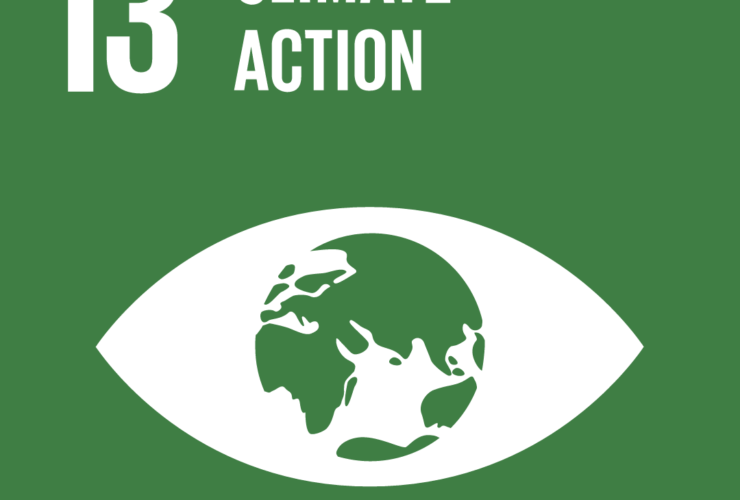Kenya: Saving Lamu – Kenya’s Indigenous Peoples’ Fight for Land and Livelihood
Source: All Africa
press release By T Tsipa
Issued by Earthlife Africa (Johannesburg), ground Work (Friends of the Earth South Africa) and the Highveld Environmental Justice Network
Off the coast of Kenya is a group of fifty five islands, the Lamu Archipelago, known for its semi-pristine biodiversity and rich cultural heritage. One of these islands, Lamu, is home to the oldest and best-preserved Kiswahili settlement in East Africa and in 2001, Old Lamu Town was declared a cultural World Heritage site. The livelihoods of those indigenous peoples living in the broader Lamu County – consisting of the north-eastern coastal mainland and the Lamu Archipelago – are predominantly small-scale agriculture and fishing, and employment in the tourism industry which is an important part of the economy.
A majority 98 percent of Kenya’s electricity is produced by hydro, geothermal and heavy oil-fired generation, with the remaining 2 percent being sourced from solar, wind and biomass generation1. Only 23 percent of Kenya’s 45 million people have access to electricity. Nevertheless, Kenya boasts the ninth largest economy in Africa and the largest in the East African region. Identifying coal as a ‘cheap source of energy’, the Kenyan government has begun leasing about 31 demarcated blocks of coal reserve in Mui Basin in Kitui County for commercial domestic use and for exportation to international investors.
According to a Price Waterhouse Coopers report released earlier this year, Kenya’s policies and legal frameworks regarding new developments are mostly about “project approval processes, rather than on a life-cycle approach to minimizing environmental and social impacts… in most cases, actual enforcement is inadequate, environmental monitoring is insufficient and monitoring data is not widely disclosed… “2. The coal-fired power station will see many families of indigenous communities removed from the 880 acres of land on which the development will take place; the government has intimated that adequate resettlement and compensation will happen.
In 2011, the Kenyan government gave the go ahead for the multipurpose transport and communication corridor and construction began in 2012 for the Lamu Port-South Sudan-Ethiopia Transport Corridor (LAPSSET). The entire development will eventually consist of a standard gauge railway line, a port, a super highway, a regional international airport, an ultra-modern tourist resort, an oil pipeline, and a fibre-optic cable constructed to link Lamu to Juba in South Sudan and Addis Ababa in Ethiopia. This will be the country’s second port, after Mombasa, and will facilitate coal importation from and exportation to international markets.
The proposed port will affect many Lamu communities including the Swahili, the Boni, the Sanye and the Bajuni. It will also have an impact on economic activities like fishing and tourism that are an important aspect of the local economy. For instance, dredging will occur which will decimate the marine life in the area adjacent to the coral reef of Manda Toto; 1,000 hectares of mangroves will be cut down to make room for the port; and the Dodori, Wange and Mgini Creeks will be closed.
In 2009, in response to the Kenyan government’s plans to establish the multipurpose transport and communication corridor known as the Lamu Port-South Sudan-Ethiopia Transport Corridor, the Lamu Environmental Protection and Conservation (LEPAC) spearheaded an initiative to unite groups and individuals in a campaign to save the Lamu Archipelago. Out of this initiative, a coalition of groups came together under the banner Save Lamu3. Save Lamu was born out of the Bio-cultural Community Protocol coordinating committee made up of representatives from affiliated groups and members of the indigenous communities in Lamu District, concerned about the developments in Lamu County. Bio-cultural community protocols are instruments that facilitate culturally rooted, participatory decision-making processes within communities with the aim of asserting rights over their communally managed lands and traditional knowledge.
In addition to advocacy and awareness raising around the Lamu port, Save Lamu maintains the development of the Bio-cultural Community Protocol as a key project which can serve a multipurpose function in education and advocacy in the future. Issues around which Save Lamu advocates are meaningful public consultation with the people of Lamu when developments are proposed; land reform agreements to be drawn up between the government and people of Lamu; and the people of Lamu are to be beneficiaries of developments.


